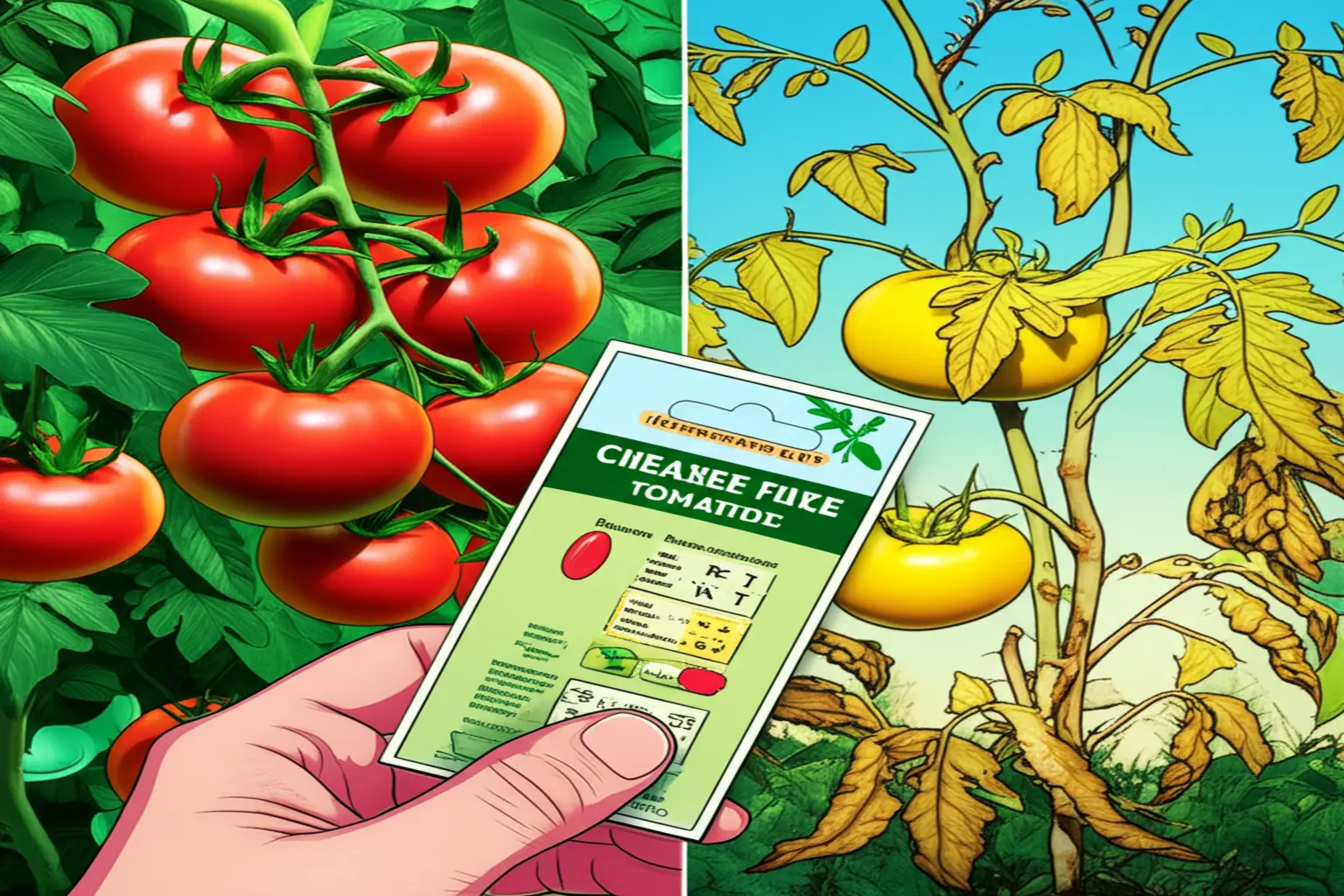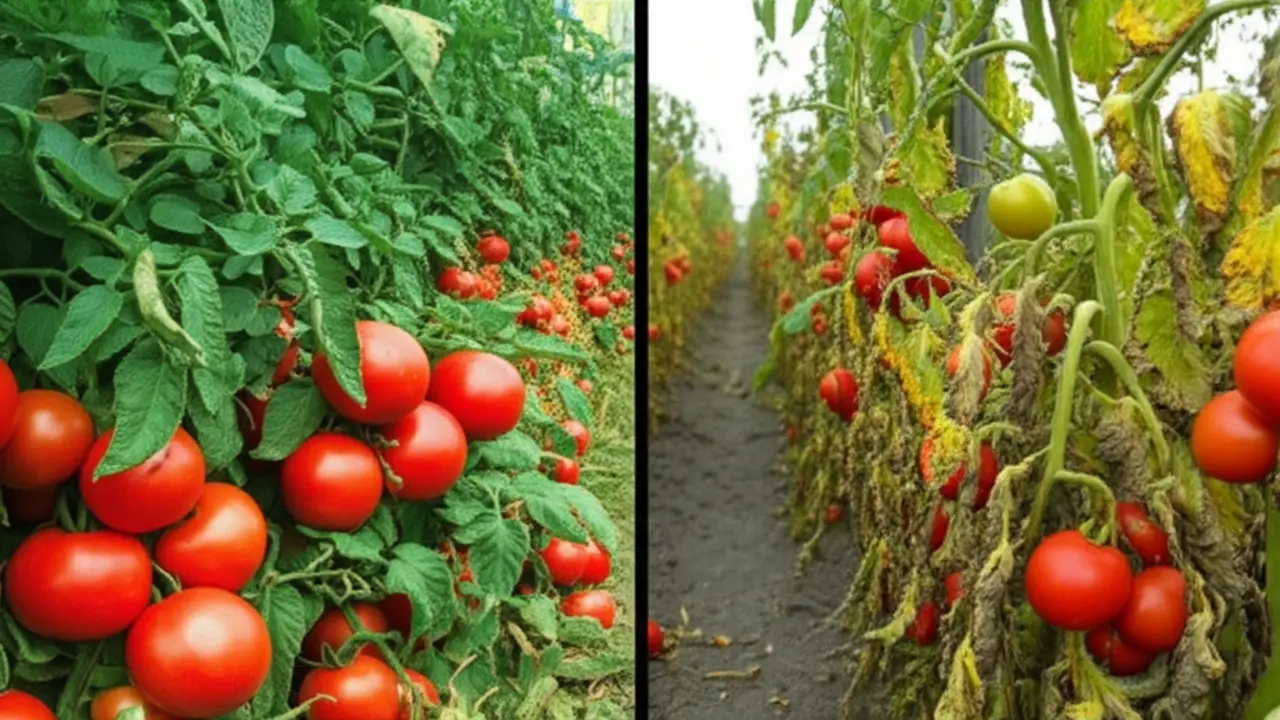
1. The Importance of Disease Resistance in Tomato Cultivation
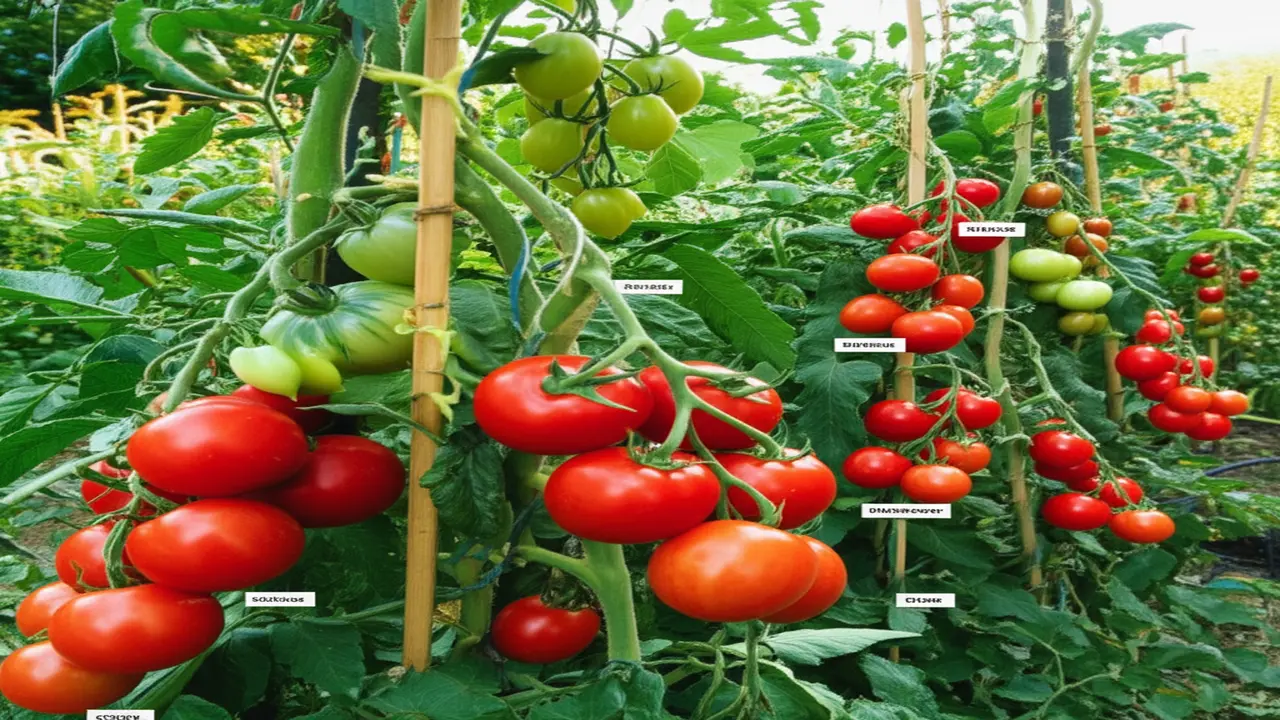
2. Identifying Top Disease-Resistant Tomato Varieties
* Celebrity (Determinate): A reliable All-America Selections winner. It produces uniform, globe-shaped, 8-ounce fruits with excellent flavor. Its strong resistance profile covers Verticillium Wilt (V), Fusarium Wilt (F races 1, 2), Nematodes (N), and Tobacco Mosaic Virus (T).
* Better Boy (Indeterminate): Famous for its large, flavorful, classic red tomatoes that can weigh up to a pound. This variety is a workhorse, offering high yields and robust resistance to Verticillium Wilt, Fusarium Wilt (race 1), and Nematodes.
* Iron Lady (Determinate): A newer hybrid specifically bred for outdoor growing. It boasts strong resistance to Late Blight and Early Blight, plus Septoria Leaf Spot. The medium-sized, round fruits are perfect for salads and slicing.
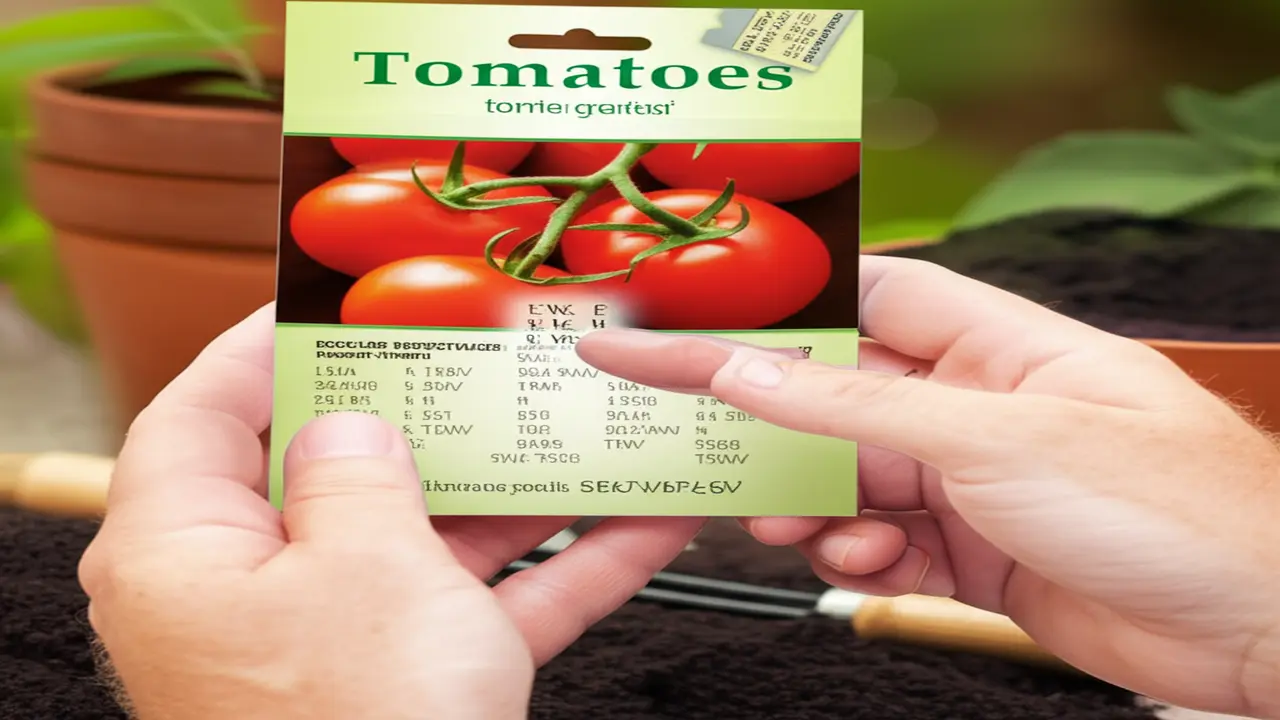
3. Decoding Disease Resistance Codes on Seed Packets
– V – Verticillium Wilt: A soil-borne fungus that causes yellowing and wilting on lower leaves.
– F – Fusarium Wilt: Another fungus causing similar symptoms. Note that FF or F2 means resistance to races 1 and 2 of the fungus.
– N – Nematodes: Resistance to microscopic roundworms that attack the plant’s root system.
– T – Tobacco Mosaic Virus (TMV): Protects against this virus that causes mosaic-like patterns and distorted growth.
– A – Alternaria Stem Canker: A fungal disease that creates dark cankers on the stem near the soil line.
– LB – Late Blight: A devastating fungal disease, particularly in humid climates, that can wipe out a crop quickly.
– EB – Early Blight: A common fungal issue causing “bullseye” spots on lower leaves.
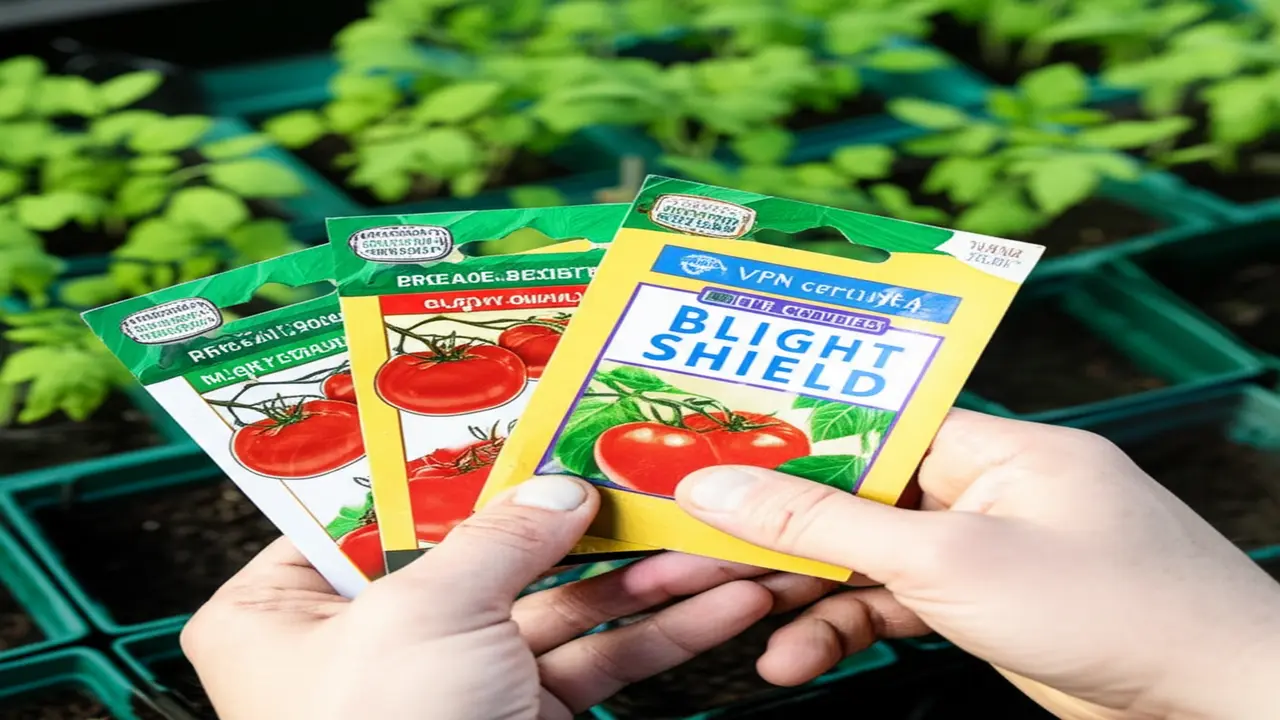
4. Selecting the Right Disease-Resistant Seeds for Your Garden
Your garden type also dictates the best choice. For container gardening or small raised beds, determinate or “bush” varieties like ‘Celebrity’ or ‘Patio’ are ideal as they grow to a fixed size. If you have a large in-ground garden, indeterminate varieties like ‘Better Boy’ will provide a continuous harvest until the first frost. Preparing your plot is just as important. Using one of the best hand cultivators to aerate the soil can significantly improve drainage and reduce the risk of root diseases. Finally, research the specific disease pressures in your region by contacting a local university extension office. This will help you select seeds with the right resistance codes, such as V (Verticillium Wilt), F (Fusarium Wilt), or T (Tobacco Mosaic Virus).
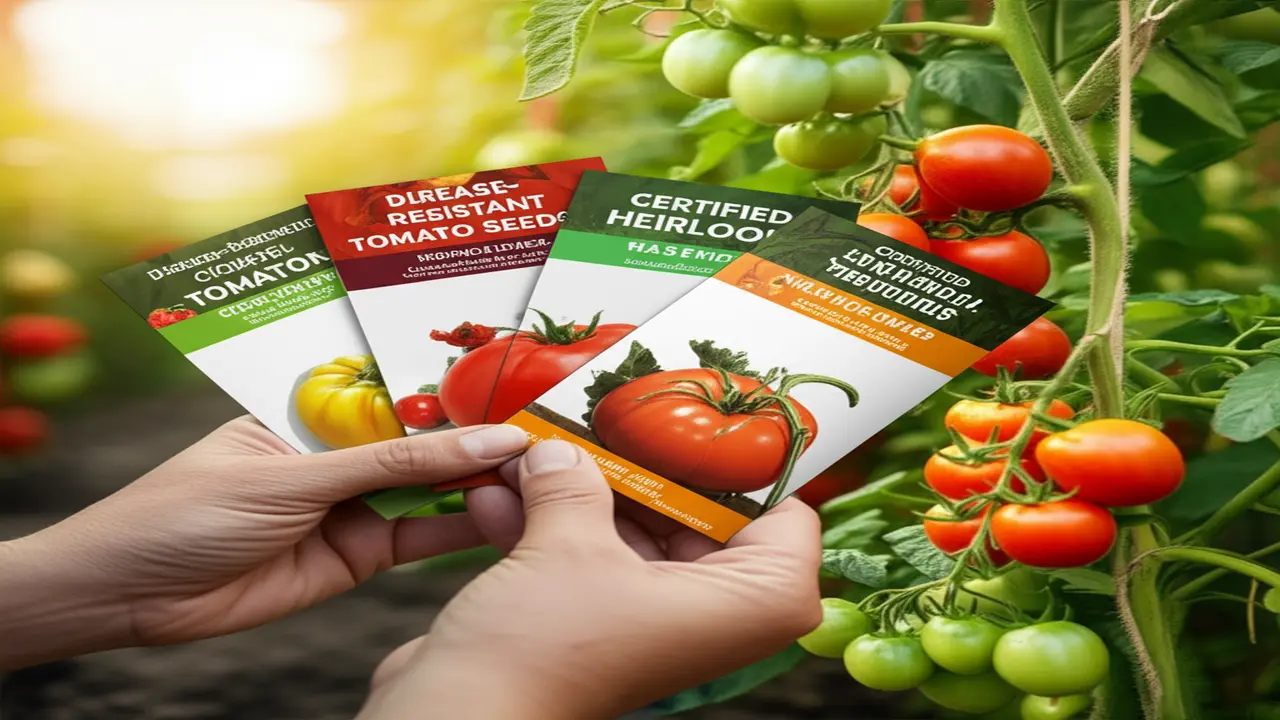
5. Where to Purchase Reliable Disease-Resistant Tomato Seeds
6. Cultivating Success: Tips for Growing Disease-Resistant Tomatoes
* Provide Ample Space: Proper spacing ensures good air circulation between plants. This is crucial for drying leaves quickly after rain or morning dew, significantly reducing the risk of fungal diseases like late blight and septoria leaf spot.
* Water Wisely: Always water the base of the plants, directly onto the soil. Avoid overhead sprinklers, as wet foliage is an open invitation for pathogens. Morning watering is best, giving the plant surface time to dry before evening.
* Maintain Healthy Soil: Keep the area around your tomatoes free of weeds, which compete for nutrients and can harbor pests. Using one of the best hand cultivators to gently aerate the topsoil improves water penetration and discourages pests from laying eggs.
* Prune for Airflow: As your plants grow, remove the lower leaves (or “suckers”) up to about 8-12 inches from the ground. This simple act prevents soil-borne pathogens from splashing up onto the foliage.
For more detailed guides on natural disease management specific to your region, we recommend consulting resources from your local university agricultural extension service.

